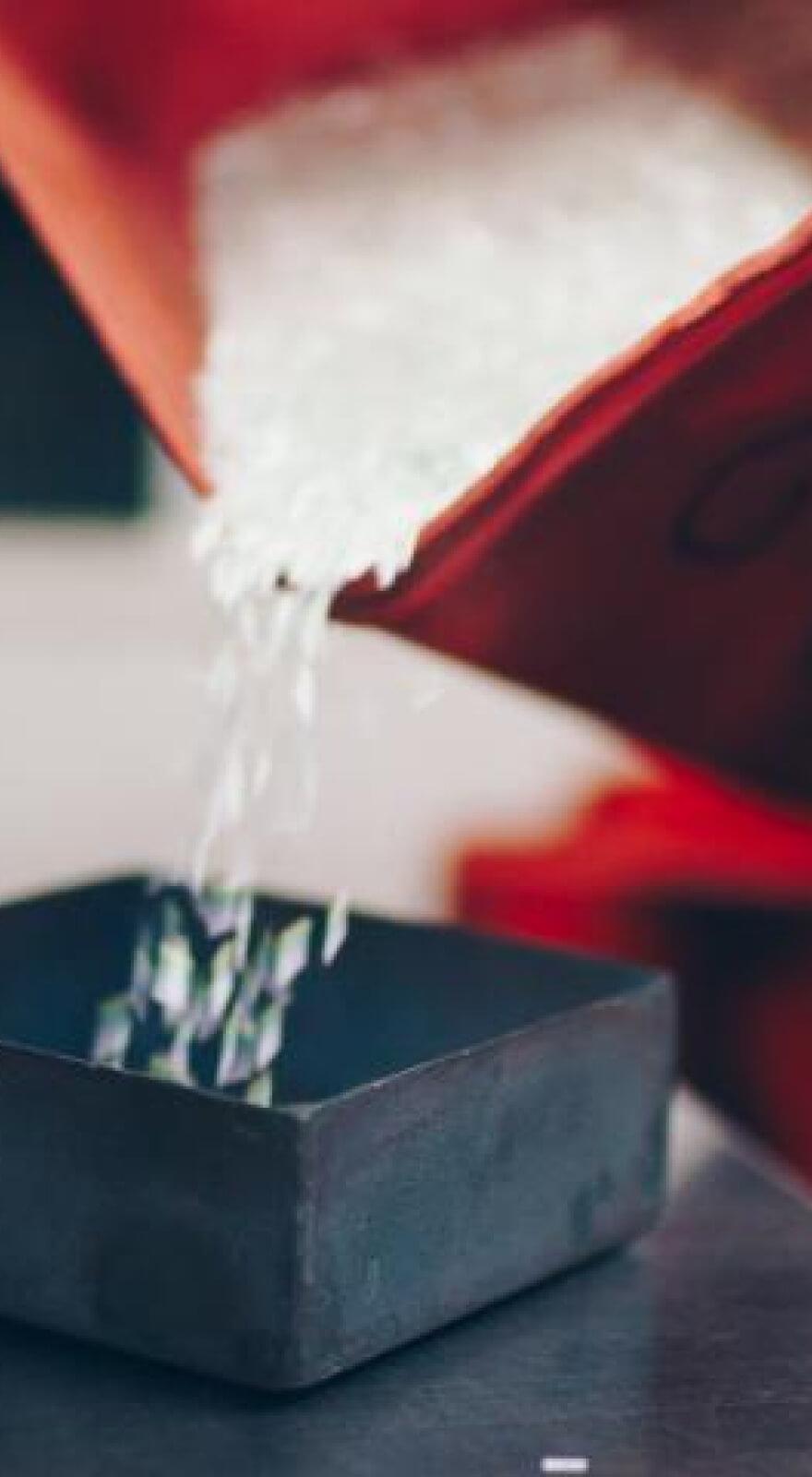Knowde Enhanced TDS
Identification & Functionality
- Chemical Family
- Reinforcement Form
- Reinforcement Material
- Composite Materials Functions
- Technologies
- Product Families
Features & Benefits
- Materials Features
- Product Highlights
- Excellent compatibility with various polyolefins
- Excellent impregnation
- Outstanding spreadability
- 17μm filament diameter
- Low unwinding tension required
- Low fuzz generation for less clean up and improved process efficiencies
- Very good fabric aspect
- Very good dispersion in the final parts/pellets
- Superior pelletization quality
- Best compromise between process and mechanical performances
Applications & Uses
- Applications
- Compatible Polymers & Resins
- Composites End Use
- Composites Processing Methods
Properties
- Physical Form
- Typical Properties
| Value | Units | Test Method / Conditions | |
| Fibre's CLTE | 6 10-6 ° | K-1 | ASTM D696 |
| Tensile Strength | 2200-2400 | MPa | ASTM D2343-08 |
| Tensile Modulus | 81 | GPa | ASTM D2343-08 |
| Filament diameter | 17 | — | — |
| # filaments per strand | 2000 - 4000 | — | — |
| Tensile Strength | 319-348 | Ksi | — |
| Tensile Modulus | 11748 | Ksi | — |
| Tensile Strain | 2.7 - 2.9 | % | ASTM D2343-08 |
| Fibre's Density | 2.62 | g/cm³ | — |
Packaging & Availability
- Packaging
- Standard packaging of SE 4220 1200 tex consists of:1150 mm x 1150 mm x 1200 mm (45.3 in x 45.3 in x 47.2 in) (L x w x h) pallet containing individual bobbins (Bulk-Pack®).Pallet confi guration displays 44 individual bobbins, evenly distributed on 4 layers, leading to a net weight close to 1050 kg (2317 lb). Bobbin average weight is around 24 kg (53 lb).
- Standard packaging of SE 4220 2400 tex consists of:1150 mm x 1150 mm x 1200 mm (45.3 in x 45.3 in x 47.2 in) (L x w x h) pallet from where 12 strands of glass fi bre are ready to be used for feeding the production line (Creel-Pack®). Bobbins are spliced together enabling continuous unwinding for better productivity and no bobbins handling for better ope-rator’s safety. Pallet’s net weight is around 1100 kg (2317 lb).
Storage & Handling
- Storage
Storage in a cool and dry warehouse into the original packaging is formally recommended. More precisely ideal storage condi-tions are a temperature between 15°C (59°F) and 35°C (95°F) and a relative humidity comprised between 35% and 75%. If these conditions are maintained, the glassfi bre product should not undergo signifi cant changes when stored for extended periods of time. It is also strongly recommended to condition it in the workshop for at least 24 hours before use to prevent condensation. For an optimal processing we recommend to use the product in ambient conditions (20-23°C / 68-73°F, and a relative humidity of 60-65%).







